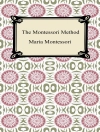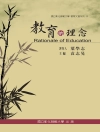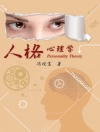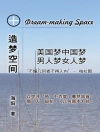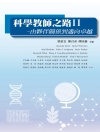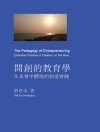Is it possible to sneak more writing into your already-jammed curriculum? Yes! With this cache of classroom-tested ideas, you have all you need to make writing-to-learn a daily habit for students that deepens their content understanding and creates learners ready to take on all of the world’s information.
Smuggling Writing shows how to integrate writing seamlessly into your lesson plans with 32 written response activities that help students process information and ideas in short, powerful sessions. The authors invigorate time-tested tools like GIST, Herringbone, and Anticipation Guides, and organize them into sections on Vocabulary and Concept Development, Comprehension, Discussion, and Research & Inquiry so you can select and use them to maximum effect.
Here are the success-ensuring how-to’s that accompany each strategy:
- A step-by-step process ensures students use the strategy before, during, and after reading/learning so they ‘own’ the strategy and can track their thinking
- Engaging digital applications, including Story Impression with Bubbl.us, Reading Road Map with Prezi, Possible Solutions with Padlet, CLVG with Brain Pop
- Sample lessons showing both traditional and online formats, taking the guess work out of trying these new digital tools
- Ideas for ‘smuggling’ additional writing opportunities into or after the lessons, ensuring that students’ writing skills improve
- Connections to Common Core State Standards
With all the heady talk of what it’s going to take for students to read, write, and analyze across multiple sources, it’s nice to know that there is a book that shows how big gains will come from ‘writing small’ day by day.
表中的内容
Preface
Acknowledgments
About the Authors
A Matrix for Using This Book
Section I. Vocabulary and Concept Development
Scenario: A Look Inside a Middle School Classroom
What the Research Tells Us About Vocabulary and Concept Development
Strategy 1. Frayer Model Plus
Strategy 2. Semantic Feature Analysis Plus
Strategy 3. Vocabulary Cards
Strategy 4. Vocabulary-Concept Journals
Strategy 5. Vocabulary Self-Awareness Chart
Section II. Comprehension
Scenario: A Look Inside an Elementary School Classroom
What the Research Tells Us About Comprehension and Close Reading
Strategy 6. List–Group–Label–Write
Strategy 7. Book Reviews/Book Trailers
Strategy 8. Generating Interactions Between Schemata and Text (GIST)
Strategy 9. Extended Anticipation Guide
Strategy 10. Possible Sentences
Strategy 11. Story Impressions
Strategy 12. Reading Road Map
Strategy 13. Say Something and Summarize
Strategy 14. Somebody–Wanted–But–So–Then
Strategy 15. Exchange Compare Writing
Strategy 16. RAFT Writing
Strategy 17. So What?
Strategy 18. Found Poetry Summaries
Strategy 19. Sticky Note Maps
Strategy 20. Double Entry Journal/Dialectic Response Journal
Section III. Research and Inquiry
Scenario: A Look Inside a High School History Classroom
What the Research Tells Us About Inquiry and Research
Strategy 21. 1–2–3 Research
Strategy 22. Collaborative Listening Viewing Guide (CLVG)
Strategy 23. Herringbone
Strategy 24. Inquiry Charts
Strategy 25. KWL Plus
Strategy 26. Multiple Source Research Strategy
Strategy 27. Web Page Evaluation Tools
Section IV. Discussion
Scenario: A Look Inside a Middle School Science Classroom
What the Research Tells Us About Classroom Discussion
Strategy 28. Discussion Webs
Strategy 29. Talking Drawings
Strategy 30. Tea Party
Strategy 31. Think–Pair–Share–Write
Strategy 32. Ticket to Talk
关于作者
Katie Kelly is a Professor of Education and Coordinator of the Literacy Graduate Program at Furman University in Greenville, SC. As a former teacher and literacy coach, Katie’s teaching and research interests include engaging children in meaningful literacy experiences and practices to foster lifelong literacy, equity, and justice. She is widely published in several peer-reviewed journals including The Reading Teacher and Voices from the Middle. She has co-authored three other books: Reading To Make a Difference: Using Literature to Help Students Think Deeply Speak Freely and Take Action (Heinemann), From Pencils to Podcasts: Digital Tools to Transform K-12 Literacy Practices (Solution Tree) and Smuggling Writing: Strategies that Get Students to Write Every Day, in Every Content Area (3-12) (Corwin). She can be contacted on Twitter @ktkelly14 and by email [email protected].


